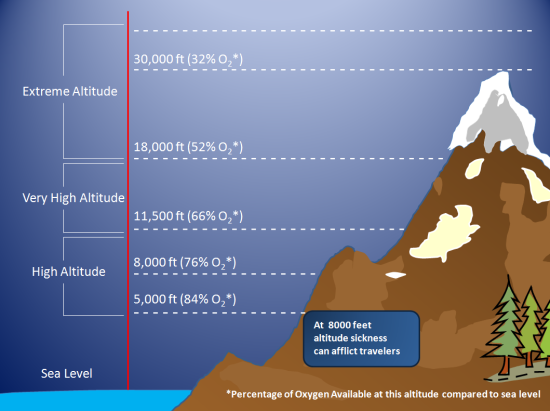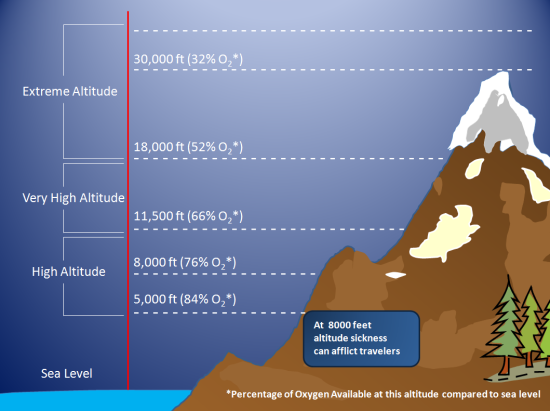My Messy Journey Learning About High Altitude
So today I woke up thinking, “What even counts as high altitude?” Seems simple, right? But my brain needed proof, not just Google words.

Grabbed my cheap hiking watch with an altimeter – trust me, it’s seen better days. Decided to compare readings around town. First stop: my apartment balcony. Watch beeped 330 meters. Okay, baseline set. Felt pretty normal breathing there.
Drove up to the hills behind the city. Parked near that old radio tower. Wind was whipping my hair everywhere. Checked the watch again:1,050 meters. Wow, jump! Tried jogging in place. Felt… weird. Like I’d forgotten how to breathe properly after just a minute. Huffing like I’d sprinted a mile. Thought, “Is this it? Is this high altitude?”
Then I remembered my buddy Tom complaining about headaches last year during his Nepal trip. He kept saying “high altitude sucks” while nursing his water bottle. Asked him later: they hit 3,500 meters on day two. His symptoms?
- Head pounding like a drum
- Zero appetite
- Feeling like he’d run a marathon after walking ten steps
So I figured: Feeling like garbage? Probably high altitude. But my 1,050 meters spot only gave me mild huffing. Confusing!
Dug deeper. Realized experts actually draw lines in the sand:

- 1,500 – 3,500 meters = “High Altitude” (Where breathing gets noticeable)
- 3,500 – 5,500 meters = “Very High Altitude” (Where Tom suffered)
- Above 5,500 meters = “Extreme Altitude” (Mount Everest zone – bodies just break down)
Felt a lightbulb moment. It’s all about where the air gets thin enough to mess with you. Your body struggles to grab oxygen. That’s the core of it.
Tried explaining this to my neighbor later. He just stared blankly and asked if I’d checked his mail. So yeah. Learned something simple today: altitude sickness starts kicking in around 1,500 meters for many folks, but the real fight begins much higher. It is what it is.
